SUMMARY
This is AI generated summarization, which may have errors. For context, always refer to the full article.
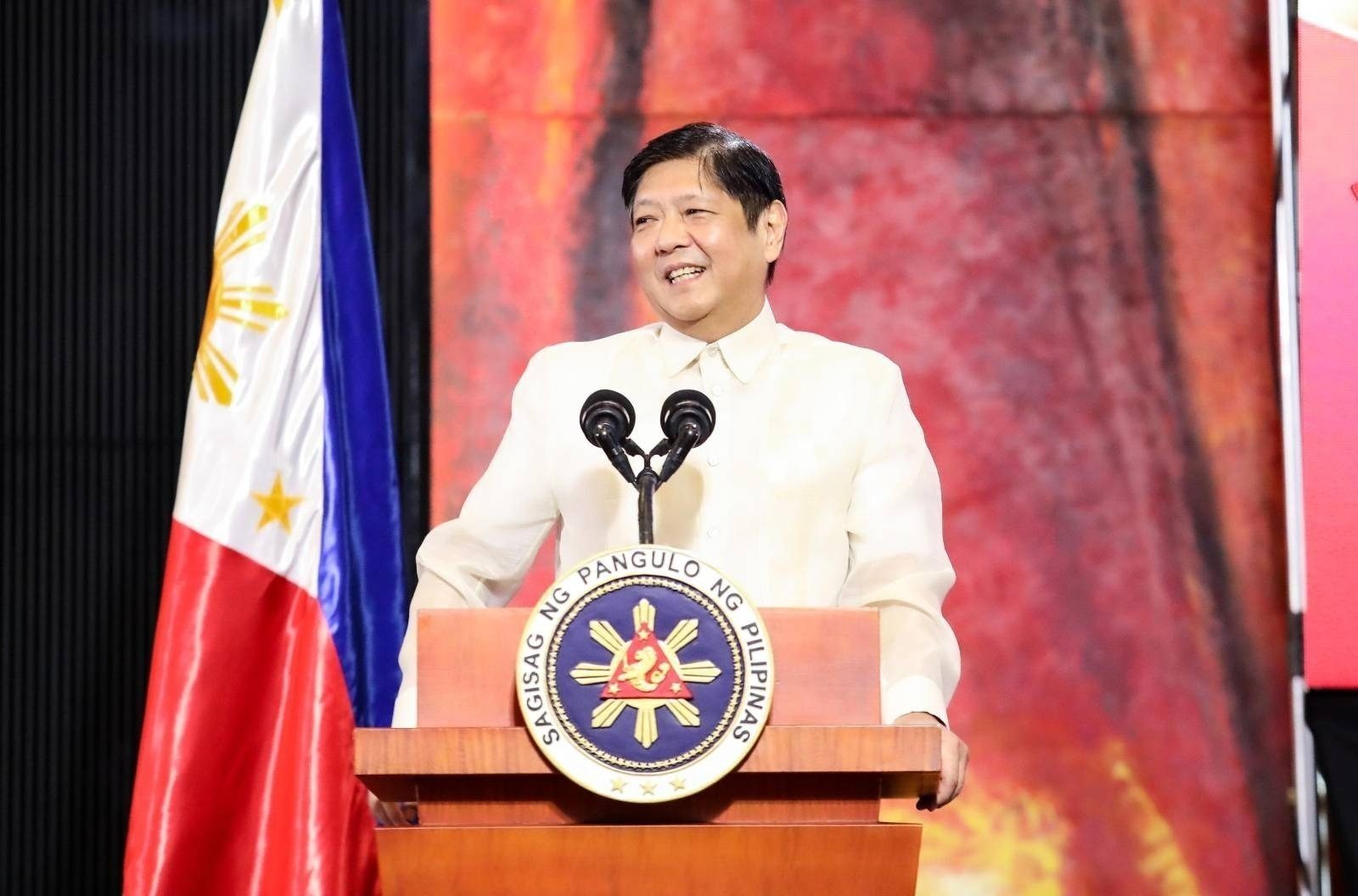
MANILA, Philippines – As concerns around the proposed “Maharlika Wealth Fund” rise, lawmakers have set a new safeguard: the Philippine president will now chair the government corporation that would manage the proposed P275-billion fund.
This decision to put the Maharlika Wealth Fund Corporation (MWFC) under the President’s leadership was only one among several safeguards that Albay 2nd District Representative Joey Salceda has claimed to include in House Bill 6398.
The bill was speedily approved by the House banks committee on Thursday, December 1. Lawmakers are now pushing to have the bill approved by December 12.
With the Maharlika Wealth Fund bill speeding through the House, the question is: How do we prevent another corruption scandal?
Misgivings on management
Salceda firmly held that there are enough checks to manage risks and prevent misuse of the fund.
“I have introduced layers upon layers of safeguards to assuage the markets and to provide sufficient risk mitigation and downside protection for the national government, the government banks, and the pension funds SSS and GSIS. This will never be 1MDB,” Salceda said in a statement, referring to Malaysia’s sovereign wealth fund.
“Dito, first layer pa lang, nandoon na ang presidente (even at the first layer, the president is already there), who is accountable,” he said.
He said that one of the Malaysian fund’s flaws was that their country’s top official did not oversee the fund. According to Salceda, placing our President at the head of the MWFC would prevent a scenario like the 1MDB scandal.
On the contrary, ex-prime minister Najib Razak already managed to exert his political influence on 1MDB even without being designated as the head of the fund. After siphoning away as much as $1 billion for himself, Najib is currently serving a 12-year prison sentence.
But back to the proposed Marhlika Wealth Fund. Salceda further pointed out that the MWFC’s 15-person board of directors would ensure good governance. The board would be co-chaired by the head of the government financial institution (GFI) with the largest contribution to the fund, which would currently be the Government Service Insurance System (GSIS).
The board would also include two independent directors coming from the private sector – either from the Philippine Stock Exchange (PSE), Bankers Association of the Philippines (BAP), or the academe.
Previously, the bill also gave the President the power to appoint the two independent directors, but this has since been amended. The revision followed a concern raised by Senior Deputy Minority Leader Paul Daza that a “director appointed by the President is not independent.”
The other seats in the board would be allocated to the fund’s contributors in proportion to their investments. This means that GSIS and SSS would likely have multiple directors sitting on the board.
Still, David Michael San Juan, professor at De La Salle University and convener of Professionals for a Progressive Economy, said that this does not mean that their members are necessarily well represented.
“Proponents will claim that the board seats for the SSS and GSIS would represent the workers, but it’s sham representation if rank-and-file workers and their unions and labor federations have no actual seats in the board,” he said.
The MWFC will also have an advisory board, composed of the finance secretary, budget secretary, director general of National Economic and Development Authority (NEDA), and the treasurer of the Philippines. Other bodies that would monitor the fund include a risk management unit and congressional oversight committee.
Aside from the good governance measures, the fund’s management would be subject to three layers of audit – an internal auditor, an external internationally recognized auditing firm, and the Commission on Audit (COA).
But despite these proposed checks and balances, other experts also remained unconvinced. Enrico Villanueva, a senior lecturer of economics at the University of the Philippines Los Baños, expressed caution given the history of corruption scandals surrounding government-managed funds.
“Critical to its success are the people handling the fund. The Philippines has had a history of funds mismanagement and scandals: Coco Levy, PhilHealth scandal, and SSS fund being used for politically-tainted stock purchases. [S]o yes, the Malaysian fund scandal can happen here,” he said in an interview. “We have a lot of competent finance professionals, but they cannot do much if the fund governance structure itself is politically-tainted.”
Terry Ridon, convenor of public policy think tank Infrawatch PH, also doubts whether the safeguards could weather political maneuverings.
“The safeguards might prevent a similar 1MDB scandal, but its proposed leadership structure essentially subjects a sovereign investment fund to political interference by the President and his proxies,” he said.
Instead, he recommended for the MWFC to be managed by independent finance professionals who are compensated based on the fund’s performance.
“This ensures that the fund is free from political interference and fund performance is the most important bottom line,” he added.
Protecting pension funds and deposits
With at least P275 billion initial capital under its management, the Maharlika Wealth Fund would be beefed up using government pension funds and government banks. Other government agencies, like the Bangko Sentral ng Pilipinas (BSP) and Philippine Amusement and Gaming Corporation (PAGCOR) would also be required to pitch in.
Here is how that breakdown would look like:
With so much at stake, concerns about the security of these funds – and by extension, the welfare of their pensioners and depositors – have arisen. (READ: Imee Marcos, senators question P275-B Maharlika Wealth Fund proposal)
To address these fears, Salceda gave assurances that all contributions coming from the government will also be backed by the government.
“’Yung sovereign wealth fund in Malaysia issued government guaranteed funds to capitalize itself. Dito, only the government financial infusions – ‘yung galing po sa GSIS, SSS, Land Bank, and DBP – are government guaranteed. Debt issued to other parties will not be government guaranteed,” he said.
This has left some still worried about possible dangers despite the government backing. House Deputy Minority Leader France Castro said that returns from investments always involve risks, which may threaten the already diminutive pensions handed out.
“Ang problema dito ay ‘di na nga makapagbigay ng maayos na benefits ang mga pension agencies like the SSS at GSIS tapos isusugal pa sa investments na walang katiyakan,” Castro said in a statement. “At the minimum, this will amount to P275 billion, and if these investments fail, then the pensions of millions of workers would be wiped out.”
(The problem here is that pension agencies like the SSS and GSIS can’t even give proper benefits, yet they will still gamble on investments that come with no certainty.)
Ridon also shared the concern that pension funds shouldn’t be gambled on riskier investments.
“Relying mainly on pension funds and government banks – which already have their own investment objectives, timelines, and risk tolerances – subjects the pensions and deposits of ordinary families to extraordinary risk. Retirees and depositors did not sign up to subject their money to this new type of risk,” he said.
And even with the sovereign guarantee, pension funds may still be affected, especially if the risks taken are too high. According to professor San Juan, this remains a distinct possibility since the MWFC would be allowed to invest in financial derivatives – high-risk financial instruments which contributed to the 2008 global financial crisis.
Should big risks rock the proposed sovereign wealth fund, San Juan said the losses incurred would still hurt pensioners, despite the government guarantee.
“Granted for the sake of argument that there would be sovereign guarantee, it must be pointed out that it just means the government may shoulder potential losses to protect SSS and GSIS pensioners and contributors. But the government is also funded by the working people and taxpayers. Hence, in essence, we, the people, would be affected by any loss incurred by the investment fund,” he said.
As the bill already has the imprimatur of President Marcos, it seems unlikely that its passage will stall in the House. Experts fear the consequences of this urgency.
“It seems too fast,” Villanueva said. “The basic questions given the level of societal trust in the age of disinformation are: why create the fund now, why the haste, and what are we really trying to achieve here?”
To address the concerns surrounding the proposed Maharlika Wealth Fund, the House will hold a public forum inviting various stakeholders on Monday, December 5. – Rappler.com
Add a comment
How does this make you feel?
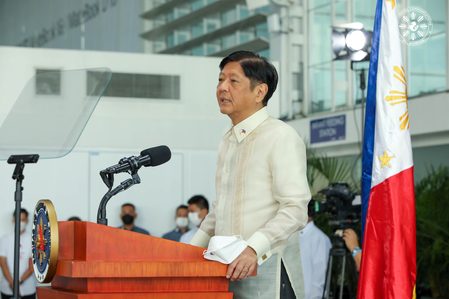
![[In This Economy] Why Marcos is getting high on unprogrammed funds](https://www.rappler.com/tachyon/2024/07/TL-marcos-program-funds-july-19-2024.jpg?resize=257%2C257&crop=265px%2C0px%2C720px%2C720px)
![[In This Economy] Is the Marcos government unlawfully dipping into PhilHealth funds?](https://www.rappler.com/tachyon/2024/07/marcos-government-philhealth-funds-july-12-2024.jpg?resize=257%2C257&crop=425px%2C0px%2C1080px%2C1080px)
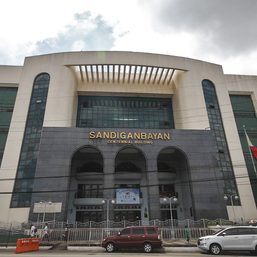
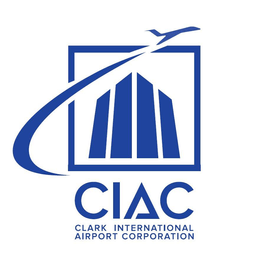
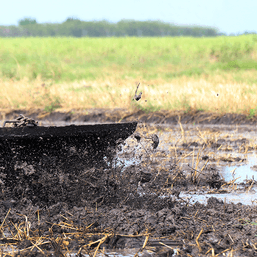
![[ANALYSIS] Not all REITs are created equal](https://www.rappler.com/tachyon/2024/06/tl-not-all-reits-are-created-equal-06012024.jpg?resize=257%2C257&crop=233px%2C0px%2C720px%2C720px)
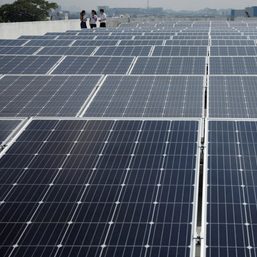
![[ANALYSIS] Search for stocks that continue to sizzle](https://www.rappler.com/tachyon/2024/04/search-stocks-that-sizzle-April-5-2024.jpg?resize=257%2C257&crop_strategy=attention)
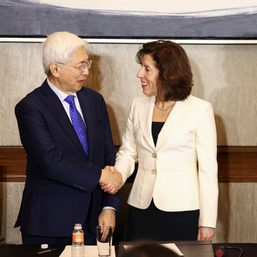

![[Just Saying] SONA 2024: Some disturbing points](https://www.rappler.com/tachyon/2024/07/TL-marcos-sona-points-july-23-2024.jpg?resize=257%2C257&crop=335px%2C0px%2C720px%2C720px)

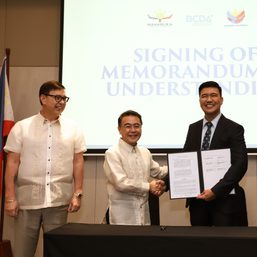

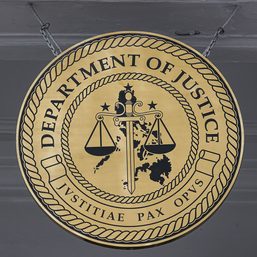
There are no comments yet. Add your comment to start the conversation.